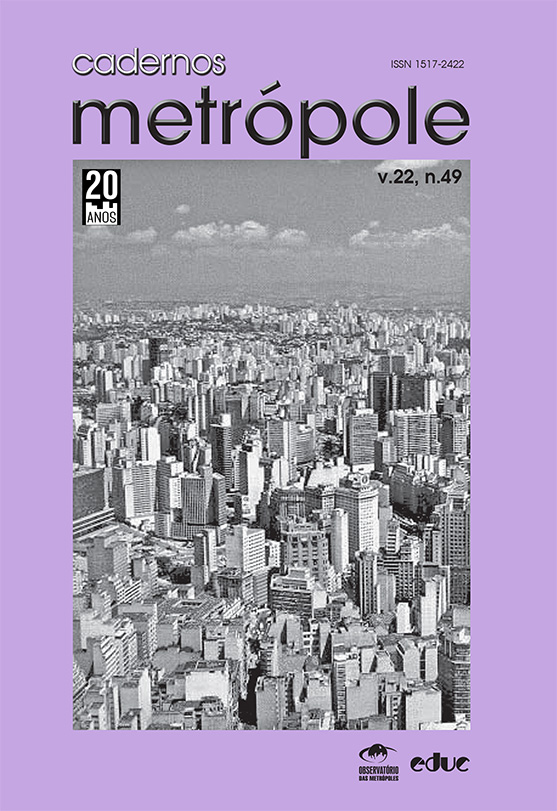Re-semantization of the central areas of brazilian cities and the residential real estate market: the case of Recife (Brazil)
DOI:
https://doi.org/10.1590/2236-9996.2020-4911Keywords:
central areas, historic city centers, residential real estate marketAbstract
In the 1990s, the low growth rates of the Brazilian economy, along with the country’s insertion in the globalized world, had repercussions on the historic centers of large cities, since local governments were driven to invest in these areas in order to attract private companies. Due to this, private capital has returned to these centers, which has led to the revaluation of their respective surroundings by means of housing real estate developments. In view of this dynamics, this paper aims to identify the implications of the return of investments in historic centers for the real estate market of old housing units and for the market of new dwellings in their surroundings, responsible for the creation of new spatialities that are poorly articulated to the old ones. Our object of study is the central area of the city of Recife.Downloads
Published
2020-08-26
How to Cite
Lacerda, N., & Bernardino, I. L. (2020). Re-semantization of the central areas of brazilian cities and the residential real estate market: the case of Recife (Brazil). Cadernos Metrópole, 22(49), 913–934. https://doi.org/10.1590/2236-9996.2020-4911
Issue
Section
Artigos
License
A revista não tem condições de pagar direitos autorais nem de distribuir separatas.
O Instrumento Particular de Autorização e Cessão de Direitos Autorais, datado e assinado pelo(s) autor(es), deve ser transferido no passo 4 da submissão (Transferência de Documentos Suplementares). Em caso de dúvida consulte o Manual de Submissão pelo Autor.
O conteúdo do texto é de responsabilidade do(s) autor(es).


